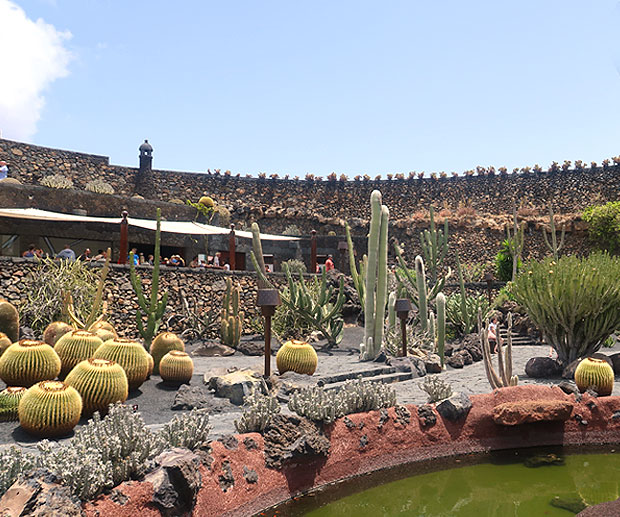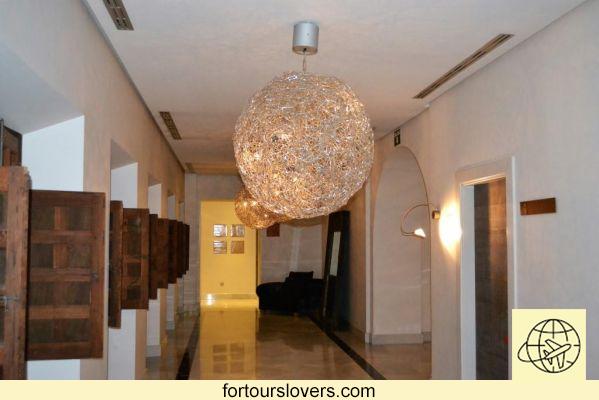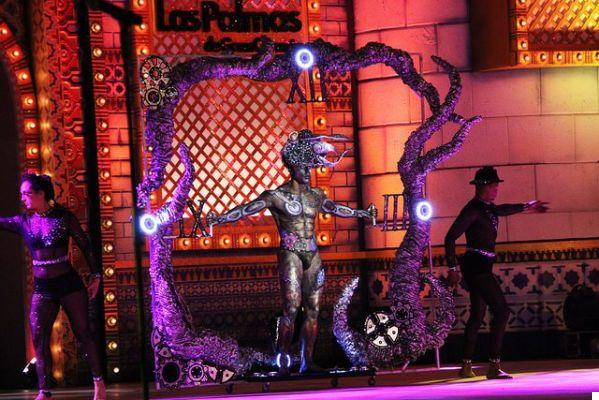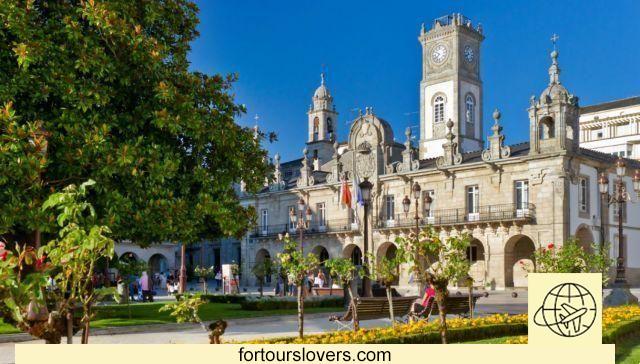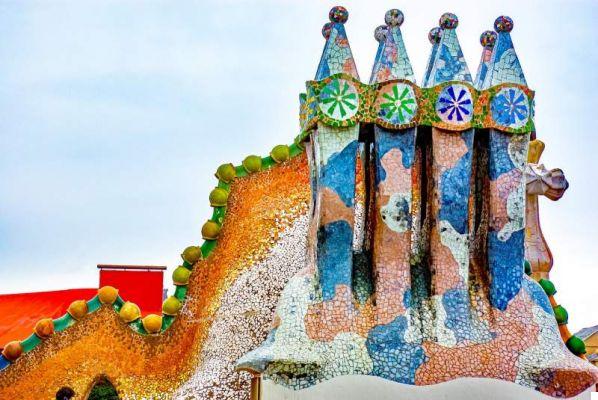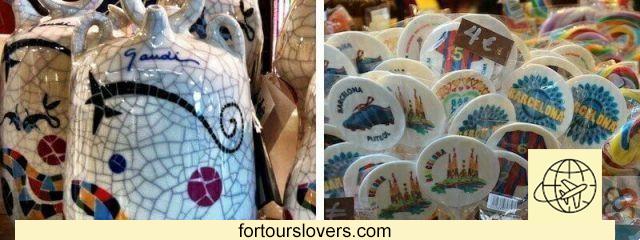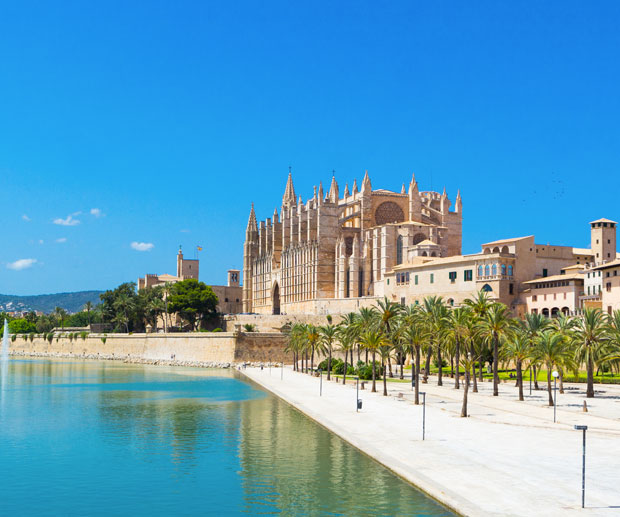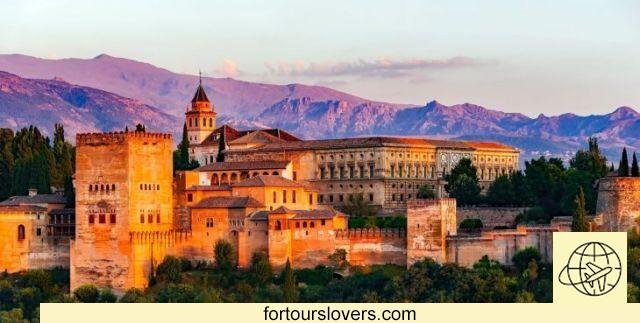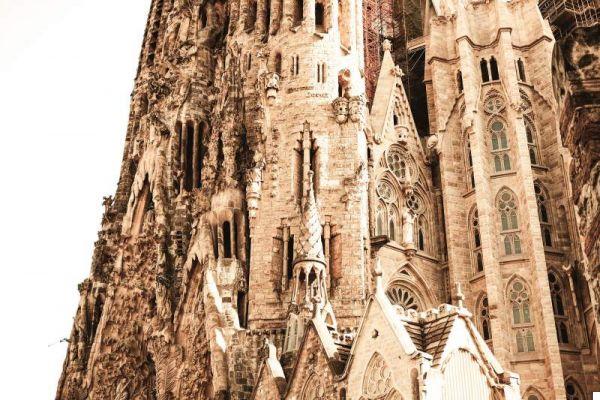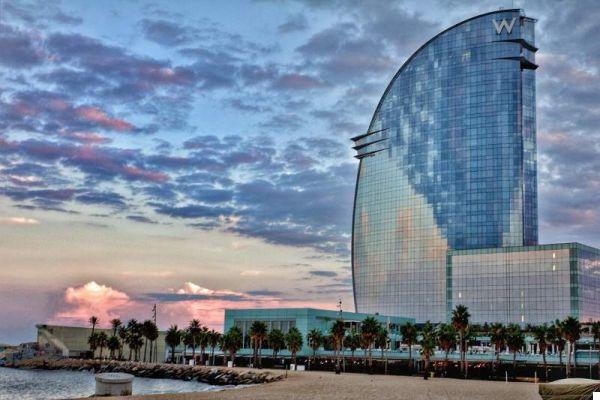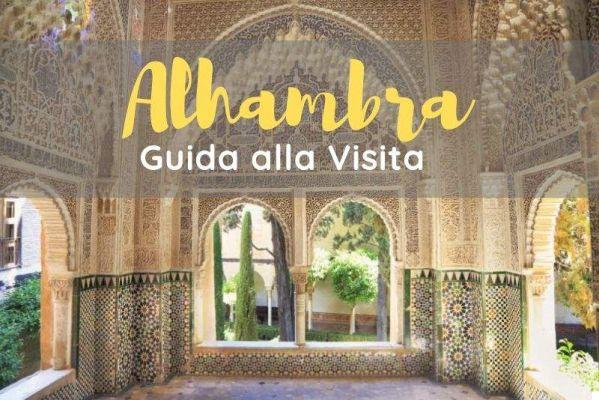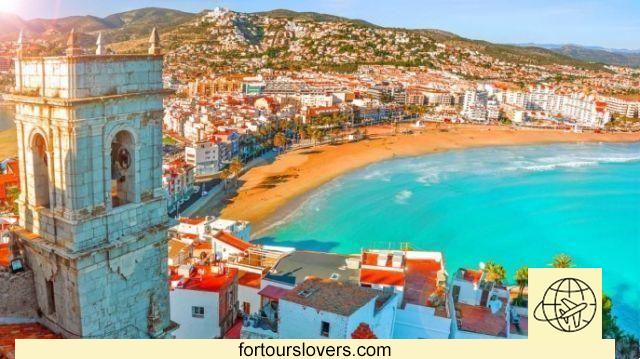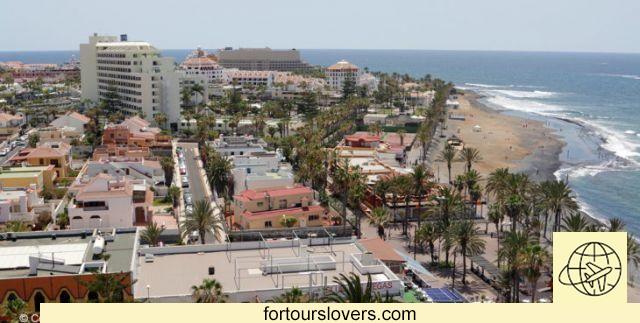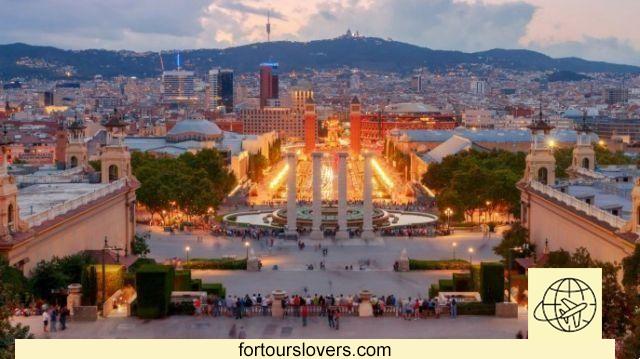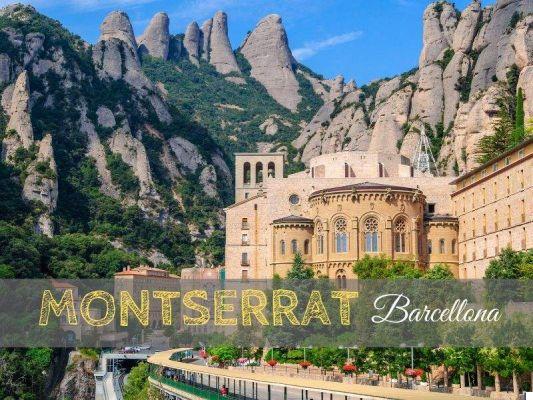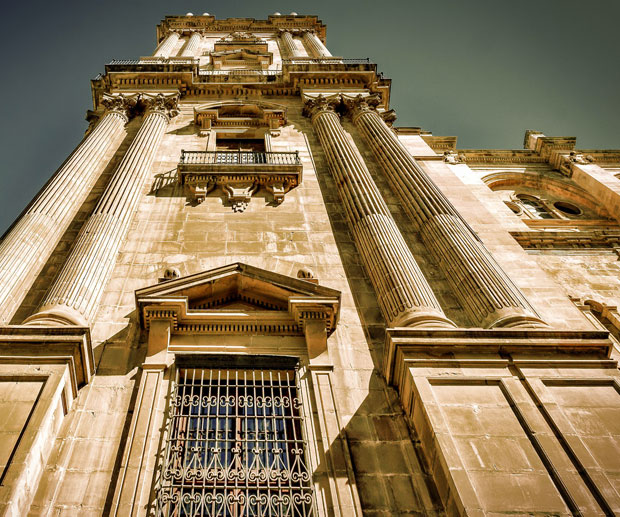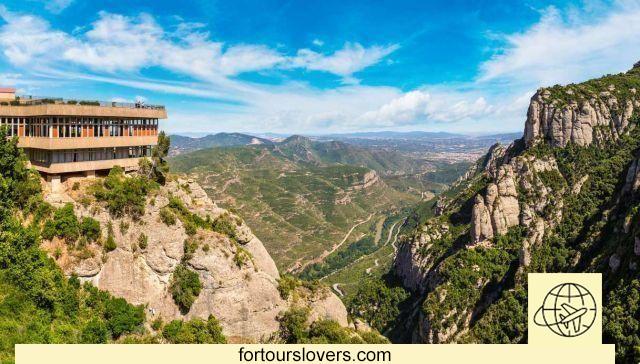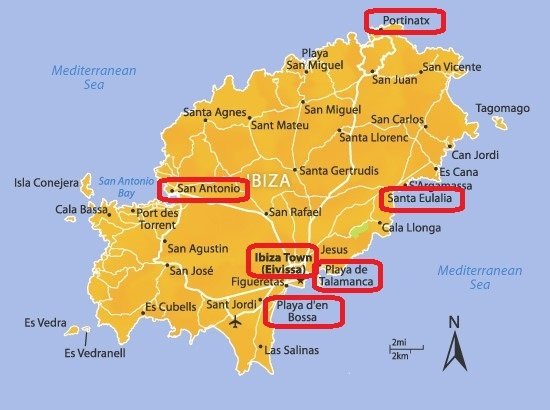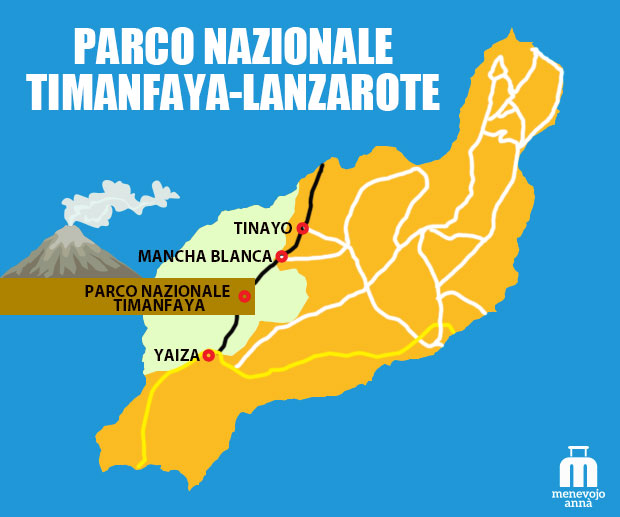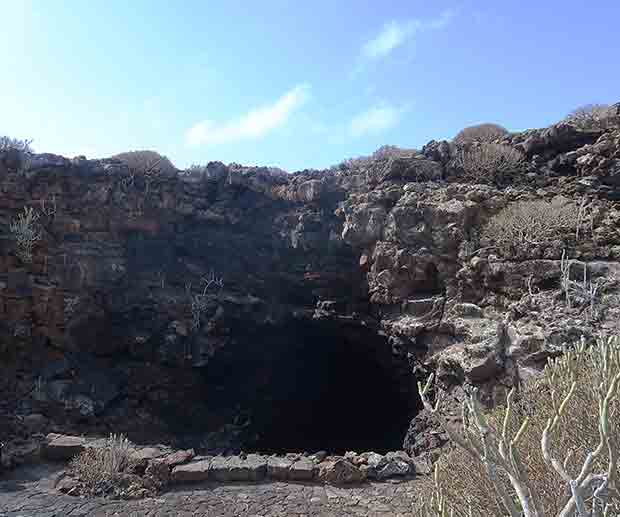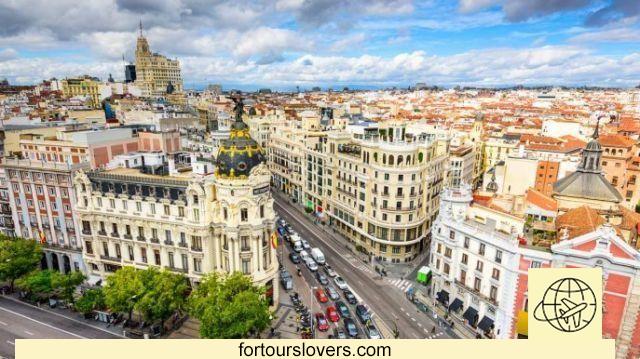
Cosmopolitan, welcoming, elegant, cultured, fun: there are many adjectives that can be associated with Madrid . The Spanish capital is the perfect destination for a short getaway, even for a weekend, because it can satisfy any type of traveler. Deciding what to see in Madrid in two days is not easy, because there are many opportunities. What is certain is that you will never get bored: what to do in Madrid is a problem that will never worry any tourist.
First of all, because the metropolis is big, very big: the urban area is in fact home to more than 7 million inhabitants. Then, because it houses some of the richest and most famous museums in Europe, such as the Prado, the Reina Sofía or the Thyssen-Bornemisza. And because it is eaten very well, at all hours of the day and night. Madrid never sleeps and, like Barcelona, is the cradle of nightlife. The main squares, such as Puerta del Sol, and the streets surrounding Gran Vía are lively and busy until dawn, with people coming and going between restaurants and clubs.
Visit Madrid in two days: what to see absolutely
What to see in Madrid in 48 hours? To get closer to the "spirit" of the Spanish capital, you can only start your visit from the historic center. The largest and busiest square in the city is the Puerta del Sol, always animated by the performances of the street artists and the people who gather here, even if it is just to chat. This square is among the oldest in Madrid and dates back to the 15th century. Embellished by the gate of the same name, by fountains, hedges and by statues of Charles III of Spain and the Bear with the strawberry tree, The square is famous not only for its nightlife, but also for a curiosity linked to New Year's Eve.
In fact, on the afternoon of December 31, Madrid residents gather here to eat twelve grapes, one for each of the twelve bells. Beyond folklore, due to its location, Puerta del Sol is a very convenient starting point for explore Madrid in two days. The visit to the city must include at least one museum, the Puerta del Sol, the Retiro Park, the Royal Palace, the Plaza Mayor, the Gran Vía and the San Miguel Market. Leaving the other beauties saved for a later trip to Madrid.
The main museums in Madrid
During your stay in Madrid, it is worth visiting at least one of the city's famous art museums. The most famous are the Prado y Reina Sofia: They are so large and rich that it is difficult to imagine being able to discover more than one during a trip of just two days. The good news is that they are quite close to each other: they are following the direction of Paseo del Prado, one of the most beautiful and impressive avenues in the city. This boulevard of imperial charm runs along the north-south axis, from Plaza de Cibeles to Plaza del Emerador Carlos V, where it is located Atocha train station (visit!).
This long and elegant street has been renamed art walk, because it is home to some of Spain's main cultural institutions, including the Thyssen-Bornemiza Museum. The three Madrid museums are so important that they were included in the 2021 UNESCO World Heritage Site, under the title "Madrid's Golden Triangle of Art".
Il El Prado Museum pick up a big art collection from the 14th to the 19th century. In addition to major Spanish artists such as Francisco Goya, El Greco and Diego Velásquez, the huge museum displays masterpieces by Flemish, German and Italian masters such as Beato Angelico, Rafael and Andrea Mantegna. For lovers of art history it is a truly essential stop, as it covers around 500 years. As there are always a lot of people, there is a real risk of not being able to get in: it is best to book your ticket in advance to avoid the queue and not waste a minute of your precious time.
Il Reina Sofia Museum It preserves an incredible collection of predominantly Spanish modern and contemporary works of art. Among the 21.000 treasures on display, the Guernica by Picasso. Here too, skip-the-line entry guarantees quick access. He Thyssen-Bornemisza Museumfinally, it is an art gallery with canvases ranging from the Italian Renaissance to contemporary painting.
Retiro Park and Plaza Mayor
Besides museums, what to visit in Madrid? The advice is to discover the city by experiencing it on its streets. After all, that's what Madrid residents do: although it's big, the Spanish capital can largely be visited on foot. An essential stop, near the museum area, is the Parque del Retiro: With its 125 hectares of extension, it is the largest green lung in Madrid and was inaugurated in the XNUMXth century. Inside the park are the Crystal Palace, a glass pavilion that is part of the Reina Sofía Museum and which hosts temporary art exhibitions, the Monument to Alfonso XII, located right next to the lake and the rose garden. It is a romantic rose garden that blooms in the months of May and June.
Returning towards the historic center you will find Plaza Mayor. It is one of the main squares of the city, along with the nearby Puerta del Sol: it is a huge porticoed space, which formerly housed the market and which today hosts a multitude of commercial (and somewhat tourist) activities. It returns to its original splendor in December, when the traditional Christmas market is set up there.
Royal Palace
You shouldn't think about meeting Spanish royalty here, who instead reside in Zarzuela Palace, near Madrid. But Royal Palace, not far from the Plaza Mayor, is an amazing complex. With its 3.000 rooms, it is the largest royal palace in Europe (about twice the size of Buckingham Palace!). In the rooms currently open to visitors (about fifty) you can admire works of art, collections of treasures, antique clocks and Stradivari violins.
Among the most spectacular rooms are The Throne Room, with the ceiling painted by Tiepolo, and the Royal Armory, with a collection of weapons and armor belonging to members of the royal family. A curiosity: every Wednesday (except the months of July, August and September), the changing of the royal guard. The royal complex is an attraction that attracts countless visitors: it is best to book a guided tour with express entry to optimize the time available.
With a very short walk you can reach the Cathedral of the Almudena. Construction work began in 1883, but it was not consecrated until 1993 by Pope John Paul II.
The Gran Vía
La Gran Vía It is the main street of Madrid and was a shopping mecca until the 60s. Now there are many famous chain clothing stores, but also countless small restaurants. Its peculiarity, besides always being busy and lively? They are its buildings, some of which are among the most emblematic of the city such as theMetropolis Building y L 'Carrion Building. It's also worth stopping Callao Square, next to Gran Vía: it is among the most photographed and lively places in the entire city.
madrid at night
Some of them are concentrated in Madrid most famous nightclubs in Europe, like the Teatro Kapital, near the Atocha Station, which is distributed over seven floors for seven different musical styles. Or Opium, the club also frequented by VIPs. In reality, Madrid residents also spend the night in the squares and streets, entering and leaving countless places. An area that is very fashionable now is Spagna Square, in the center: reopened at the end of 2021 after extensive renovation works, it is now a pedestrian area with numerous bars and restaurants installed on the roofs of the buildings.
Another trendy neighborhood, which attracts children from all over the world, is Malasaña: a very alternative and fun corner of Madrid. To taste excellent tapas in a relaxed atmosphere you have to head towards the neighborhood orchards (also called Las Letras), not far from the museum areas.
Where to eat in Madrid
In Madrid you eat well in general, as long as you avoid restaurants in areas that are too touristy. In the Spanish capital you can also try the experience of sitting at the table of the oldest restaurant in the world: it is the Botin's sobrino, open since 1725. Your specialty? He Roast suckling pig, made following the original recipe. Legend has it that the embers on which the meat is cooked have never gone out in the last three hundred years! So you can't miss it Omelette, cornerstone of Spanish cuisine, as well as the Tapas – the tastings – prepared by each restaurant and bar.
The temple of Madrid gastronomy is the san miguel market, near the Plaza Mayor: more than 10 million visitors gather here every year to taste delicacies from all over Spain. To start or end the day with an extra sweetness, nothing better than Churros (a kind of "cord" of fried dough) served with chocolate Chocolateria San Gines the most famous and authentic address to taste them.





